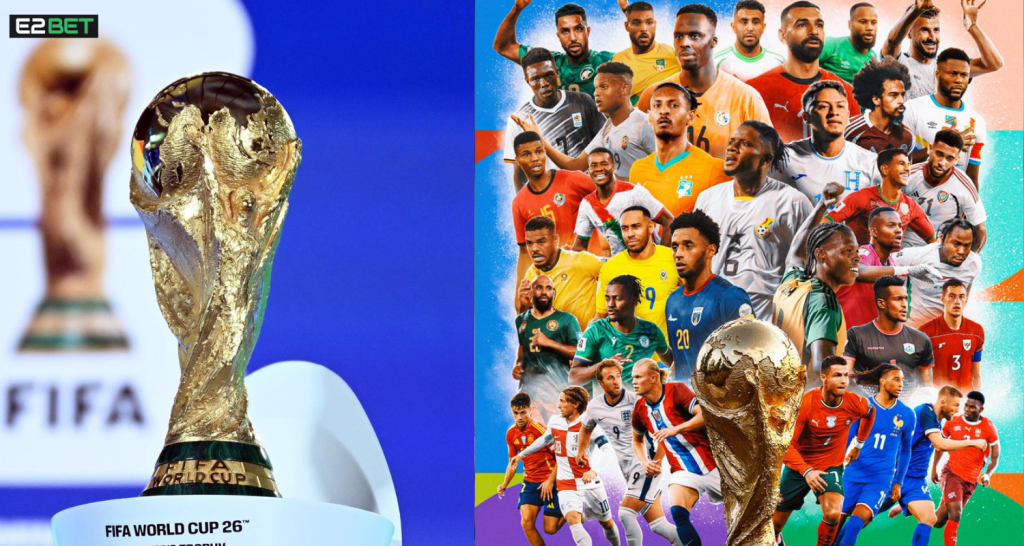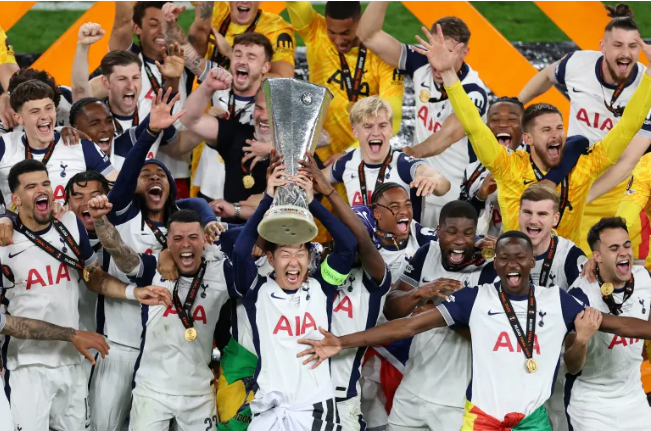The qualification process for the World Cup 2026 is entering the final and most decisive stage as 48 teams prepare to compete in the expanded tournament hosted across the United States, Canada, and Mexico. While several nations have already secured their spots, the remaining places will be determined through the high-stakes World Cup 2026 Play-off system. The draws for both European and inter-confederation play-offs will take place at FIFA headquarters in Zurich, Switzerland, on November 20, 2025.
This stage is critical for teams still chasing a berth in the historic 48-team World Cup 2026, as it provides a last chance to qualify. The tournament structure ensures every match carries immense pressure, making the play-offs a must-watch for football fans worldwide.
How the European World Cup 2026 Play-offs Operate
The European World Cup 2026 Play-off involves 16 UEFA nations, including 12 group runners-up from qualification groups and the four highest-ranked Nations League group winners who narrowly missed direct qualification. Teams are distributed into four pots based on FIFA rankings and previous results. Each play-off path — A, B, C, and D — will feature four teams, with seeded teams having home advantage for the semi-finals.
Matches follow a single-leg knockout format. In the semi-finals, pot one teams face pot four, and pot two meets pot three. The winners then advance to a single-leg final, with the victors claiming one of the four remaining European slots for the World Cup 2026. The draw also determines the venue for each final, adding to the strategic challenge for teams and coaches.
Understanding the Intercontinental Play-offs
In addition to the European path, six non-European teams will compete in the intercontinental play-off tournament for the final two World Cup 2026 spots. These teams include representatives from AFC, CAF, CONMEBOL, OFC, and two from CONCACAF due to the tournament being hosted jointly by North American nations.
The teams are seeded based on FIFA rankings. The top two teams are seeded, while the remaining four unseeded teams play single-leg knockout semi-finals. Winners from these matches face the seeded teams in finals, with the two winners earning qualification. All matches follow knockout rules, with extra time and penalties used to resolve draws. This system ensures the final World Cup line-up is competitive and globally representative.
Key Dates and Schedule
| Stage | Date | Notes |
|---|---|---|
| FIFA Draw for Play-offs | November 20, 2025 | European and intercontinental draws in Zurich; streamed live |
| Semi-finals | March 26, 2026 | Single-leg knockout matches |
| Finals | March 31, 2026 | Winners secure World Cup spots |
| Venues Confirmation | December 19, 2025 | UEFA and FIFA confirm stadiums for play-off matches |
| World Cup 2026 Tournament | June 11 – July 19, 2026 | Hosted across USA, Canada, and Mexico |
Confirmed Teams for the World Cup 2026 Play-off Tournament
| Confederation | Placement/Qualification | Team | Notes |
|---|---|---|---|
| OFC | Third round runner-up | New Caledonia | Advanced March 24, 2025 |
| CONMEBOL | Seventh place | Bolivia | Advanced Sept 9, 2025 |
| AFC | Fifth round play-off winner | TBC | To be confirmed Nov 18, 2025 |
| CAF | Second round play-off winner | TBC | To be confirmed Nov 2025 |
| CONCACAF | Third round group runner-up (highest) | TBC | To be confirmed Nov 2025 |
| CONCACAF | Third round group runner-up (second) | TBC | To be confirmed Nov 2025 |

Key Highlights of the World Cup 2026 Play-off
- UEFA will produce four qualifiers via the European World Cup 2026 Play-off.
- Intercontinental bracket provides two final spots for non-European nations.
- Semi-finals and finals are single-leg knockout matches, ensuring high-intensity encounters.
- The play-offs serve as a preparatory test for the stadiums ahead of the main event in Mexico and other host countries.
- The format guarantees competitive balance, giving teams from smaller confederations a fair chance to participate.
Significance of the Play-offs
The World Cup 2026 Play-off is more than just a qualification round; it offers teams a final opportunity to enter the biggest global football stage. With only a few spots remaining, these matches are expected to be intense and unpredictable. The tournament’s timing in March 2026 allows teams to prepare for the main World Cup event starting in June, while also giving fans a preview of high-level international competition.
The European paths particularly showcase the depth of UEFA nations, with teams like Wales, Scotland, and Northern Ireland vying for a coveted slot. Meanwhile, the intercontinental play-offs maintain global representation by including teams from Oceania, Africa, South America, Asia, and North America.
Frequently Asked Questions (FAQs)
Q1: How many teams will qualify through the World Cup 2026 Play-off?
A1: A total of six teams will qualify via play-offs: four from the European paths and two from the inter-confederation tournament.
Q2: When will the UEFA and intercontinental play-off draws take place?
A2: Both draws are scheduled for Thursday, November 20, 2025, at FIFA headquarters in Zurich, Switzerland.
Q3: What format will the play-offs follow?
A3: Matches are single-leg knockout games, with extra time and penalties if tied. Semi-finals lead to finals to decide qualification.
Q4: Where will the intercontinental play-off tournament be held?
A4: The six-team intercontinental tournament will be hosted in Mexico during the international window from March 23–31, 2026.
Q5: How does seeding work for the World Cup 2026 Play-off?
A5: Teams are seeded based on FIFA rankings and confederation performance. In Europe, pots determine matchups; for intercontinental play-offs, the top two ranked teams are seeded.
Q6: When does the main 2026 World Cup start?
A6: The tournament runs from June 11 to July 19, 2026, across the USA, Canada, and Mexico.


